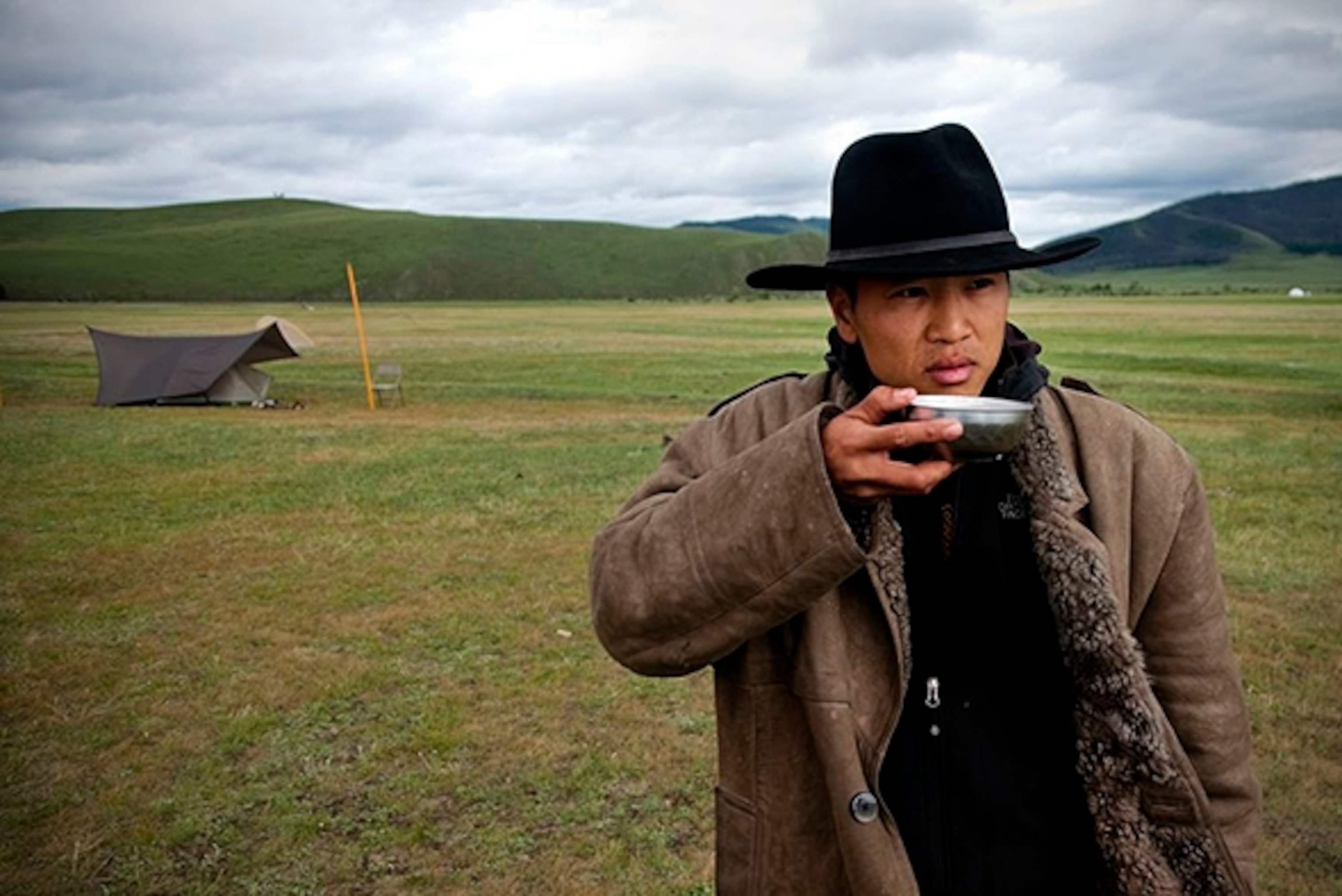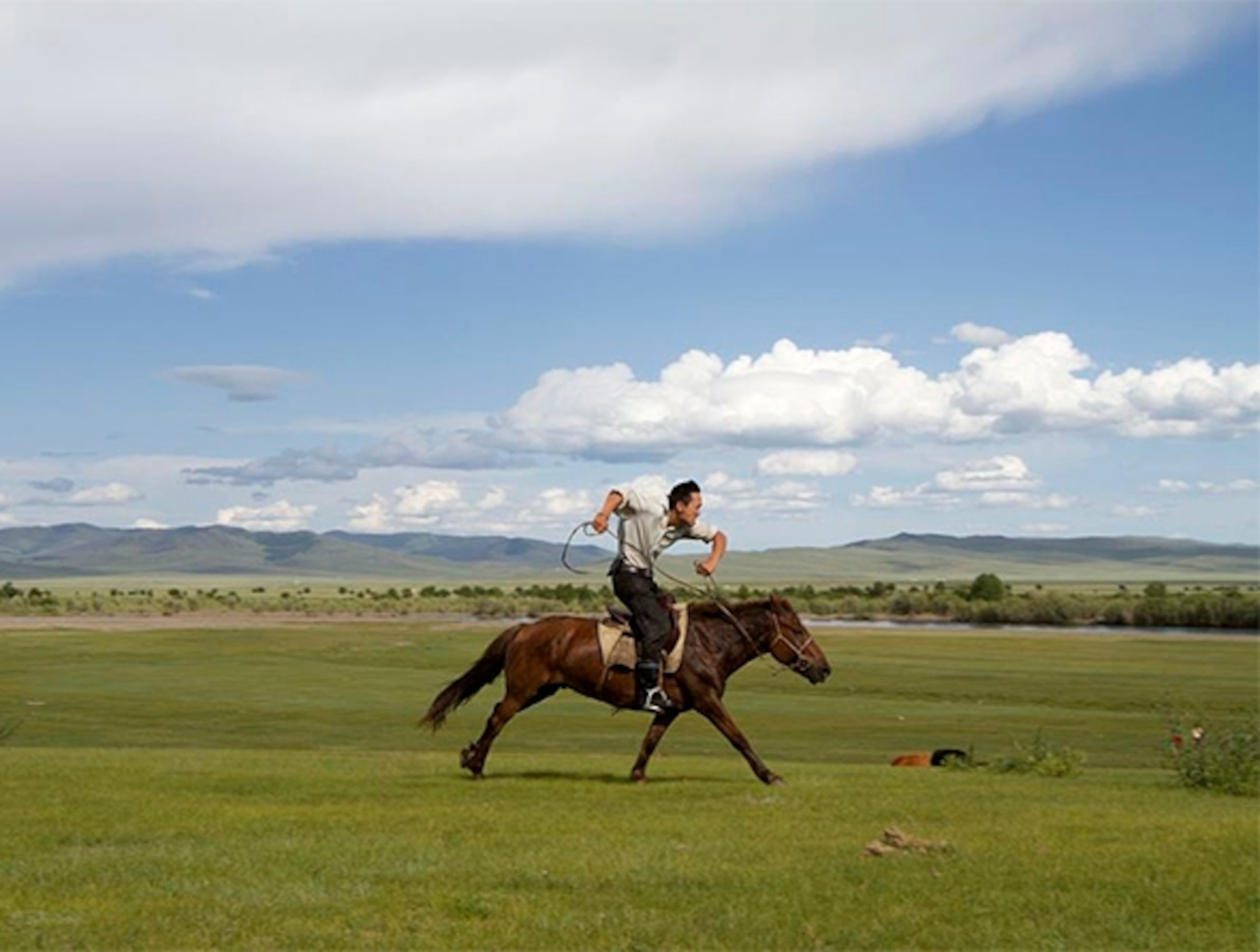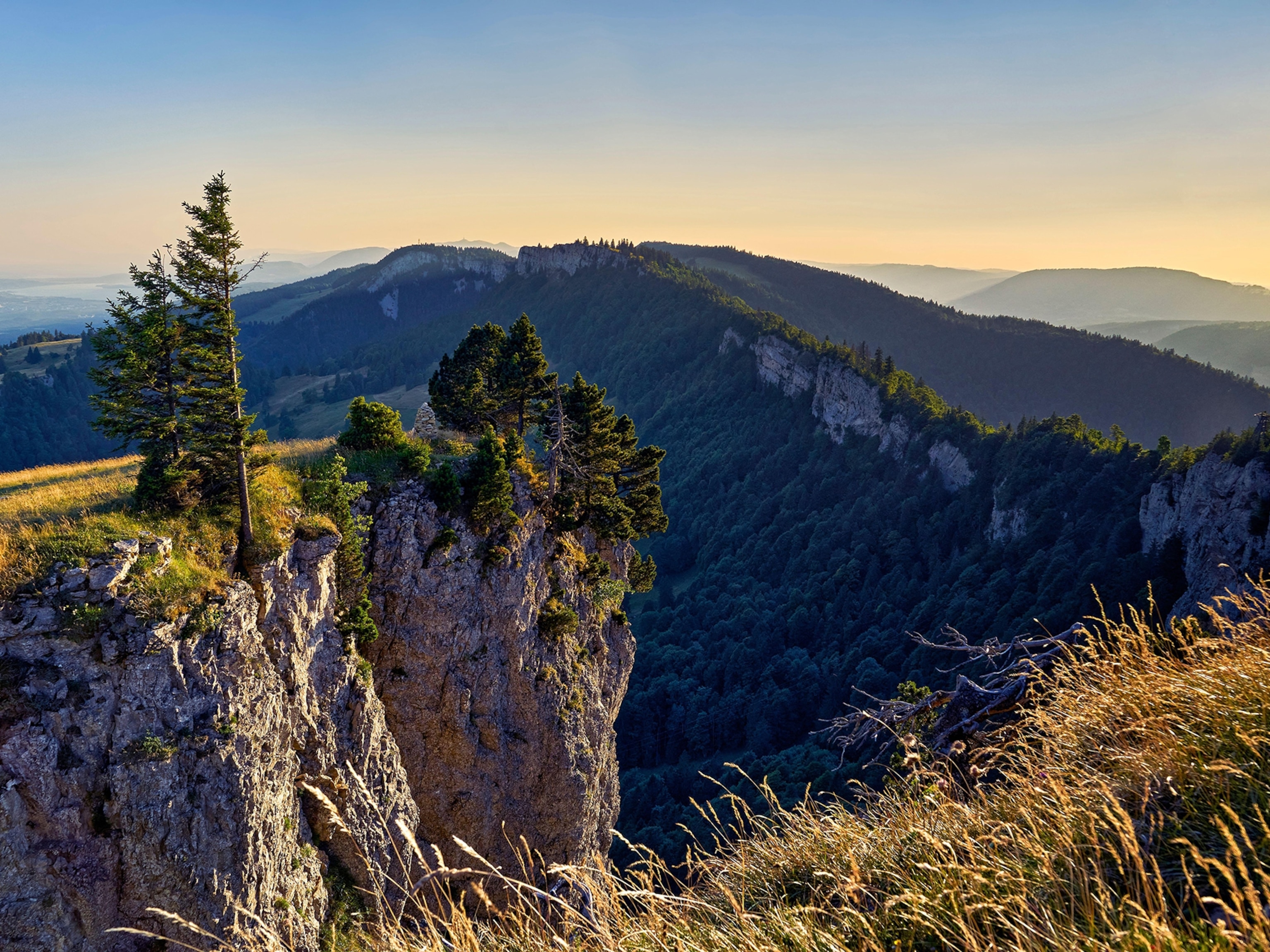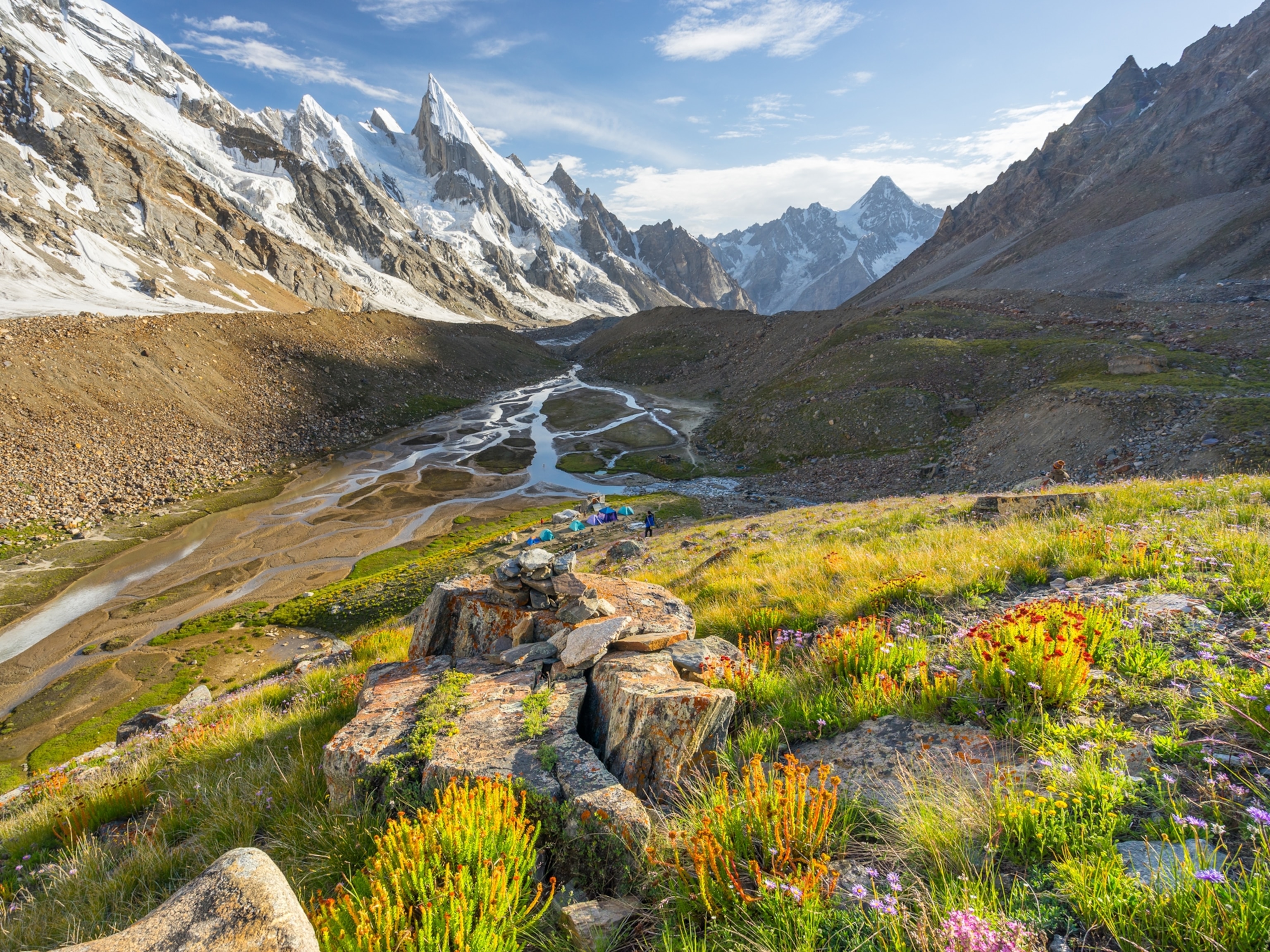
Indiana Jones 2.0
Albert Yu-min Lin is always pushing—to higher mountains, bigger waves, smarter technology, deeper heritage. But there’s one barrier the archaeologist never breaks: the ground itself. The 32-year-old San Diegan uses tools such as satellite imagery and magnetometers to nonintrusively probe sacred land in Mongolia, enlisting ordinary people across the globe to sift through thousands of aerial photographs for possible clues.
His quest: finding Genghis Khan’s tomb, lost for nearly 800 years. Named a National Geographic Emerging Explorer and an Adventurer of the Year in 2009, Lin is also a rock climber, a mountaineer, a surfer, and—above all—a traveler.
Hear more about this intrepid scientist’s passions, predilections, and inspirations in his own words:
Going Nomad
Several years ago, to find out what my Chinese-Canadian grandfather had meant when he said our family had roots in “the north,” I boarded a train on the Trans-Siberian Railroad with a handheld GPS, a sleeping bag, and a change of clothes. I planned to buy a horse on the outskirts of Ulaanbaatar and ride into the nomadic lands.
On the first morning of my journey, I was wandering slowly, confused, as I looked for my seat. A man in a hurry yelled at me as he helped two Mongolian women. I set aside my ego and moved out of his way. Those women later talked to me, wondering why I hadn’t fought back. When we arrived in Ulaanbaatar, one of them introduced me to her brother, who became my guide into the nomadic lands—and my ancestral past. Sometimes I wonder how different my life would be had I not let that angry man pass.

Surf’s Up
Our new age of connectivity has fundamentally changed the way we interact. For the first time, we can view every corner of the planet at the touch of a fingertip. I surf Google Earth to scope out remote beaches, even those in my backyard of San Diego. Someday technology will not only help us find beaches to hang out on but also empower us to monitor their conservation.
Way of the Warrior
Starting with basically nothing, Genghis Khan created the largest contiguous empire in human history in a single generation. Very little is known about him. Who wouldn’t find this captivating? A Mongolia scholar once told me, “To find Genghis Khan, look into the eyes of any nomad.” Today, Mongolia is a confluence of modern enterprise and ancient traditions, but in the heart of it all is the same spirit that redefined the world.
Pearls of the East
- National Geographic Expeditions
I’m lucky to have wandered throughout much of Asia, from the hippie towns of southern Yunnan to the Karakoram mountain range with its blond and blue-eyed kids. I have found an infinite depth of diversity, yet compassion and empathy are universal.
Higher Calling
I love climbing because of the community I have met doing it, and the inspiration of the mountains. A friend of mine summed it up best: There is no greater metaphor for life than climbing. Pinnacles often pale in comparison with the routes that lead to them.
Katie Knorovsky is an associate editor at National Geographic Traveler magazine. Follow her on Twitter @TravKatieK.





